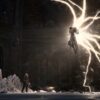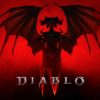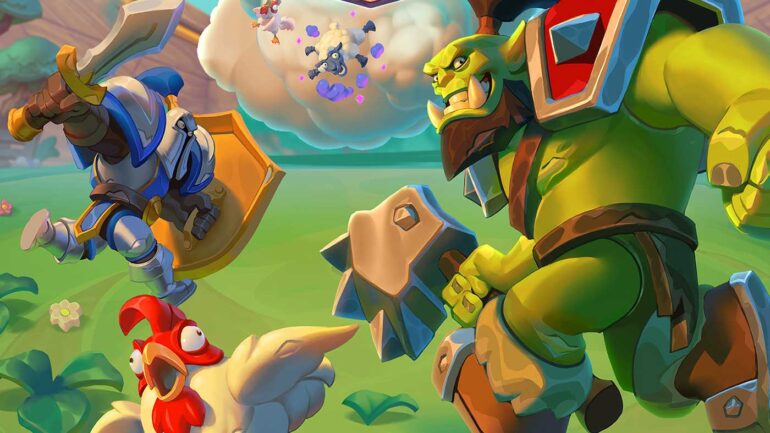Earlier today Blizzard announced the details of a brand new upcoming mobile game, Warcraft: Arclight Rumble. Warcraft: Arclight Rumble is what the developers call an action strategy game based on the Warcraft and is the very first Warcraft game designed from the ground up exclusively for mobile platforms. Following the initial reveal, we sat down with game director Tom Chilton and senior 3D artist Justine Hamer to discuss all things Arclight, including the developer’s inspiration, core gameplay modes, art style and visual design and what to expect from the Warcraft: Arclight Rumble experience.
There was a lot of information in that short trailer we just saw. What is the elevator pitch for this game?
Tom Chilton: I mean, in some ways it’s a new genre, right? In that it’s an action strategy game that uses real-time combat yet in a game that is very much focused around strategy through a PvE campaign that is supplemented by a variety of different things, you know, dungeons, raids, other sorts of PVE game modes, co-op but also PvP. So in many ways, the core gameplay where you drop your troops and they, march down the field and you combine your troops into armies- it hasn’t really been done in a PvE sort of scenario before, at least not to a high degree. So that, in a lot of ways, really kind of makes Arclight Rumble a new unique experience.
What inspired the team to develop a mobile game?
TC: Well, in a lot of ways, it was kind of being inspired by playing a variety of different mobile games that existed, going all the way back to, you know, I got super into playing Puzzle & Dragons for example around 2013 when it came to North America. I played that for several years and spent a lot of time and had a lot of fun in that game. That was what sort of first planted the seed for me in a lot of ways like, ‘oh, wouldn’t it be cool to do a PVE progression game that is based in the Warcraft universe’ and then spent some time trying to think about what that would be. Really, this project started several years later once we had really kind of identified what the fundamental combat mechanic would be, so it was really sort of blending inspiration from different games, like Puzzle & Dragons, Clash Royale and other games that are out there to really kind of come together with what this game is.
Blizzard Games are probably one of the hardest to get right in terms of welcoming new players but also pleasing players that have been familiar with the Warcraft franchise for 20-30 years. Was the core idea for Arclight to bring newcomers into the Warcraft franchise?
TC: I think in a lot of ways, really it’s a combination thereof, right? We feel like there’s a healthy combination of Warcraft fans that have either played World of Warcraft or the older real-time strategy series or Hearthstone and are just kind of looking for a fun new Warcraft experience. Then there’s also, I believe, a large audience of mobile gamers out there that are just kind of craving high-quality experiences and ones that don’t necessarily require any prior knowledge of World of Warcraft or any of the other Warcraft games. This is a game that very much stands on its own and kind of brings people into the universe in a new way. It introduces characters that you don’t need prior knowledge of to really understand what’s going on in the game. It doesn’t lean on any sort of narratives that happened in prior games since it’s very much standalone. We think of it as a game that is played within the Warcraft universe. If you saw the cinematic, it’s this character in Azeroth walking up to this game machine and putting in a coin and playing this game machine that exists within the Warcraft universe. So, to do that, you sort of imagine that it’s very much this self-contained thing, and it’s not creating canon lore in and of itself other than the existence of the game machine within the world.
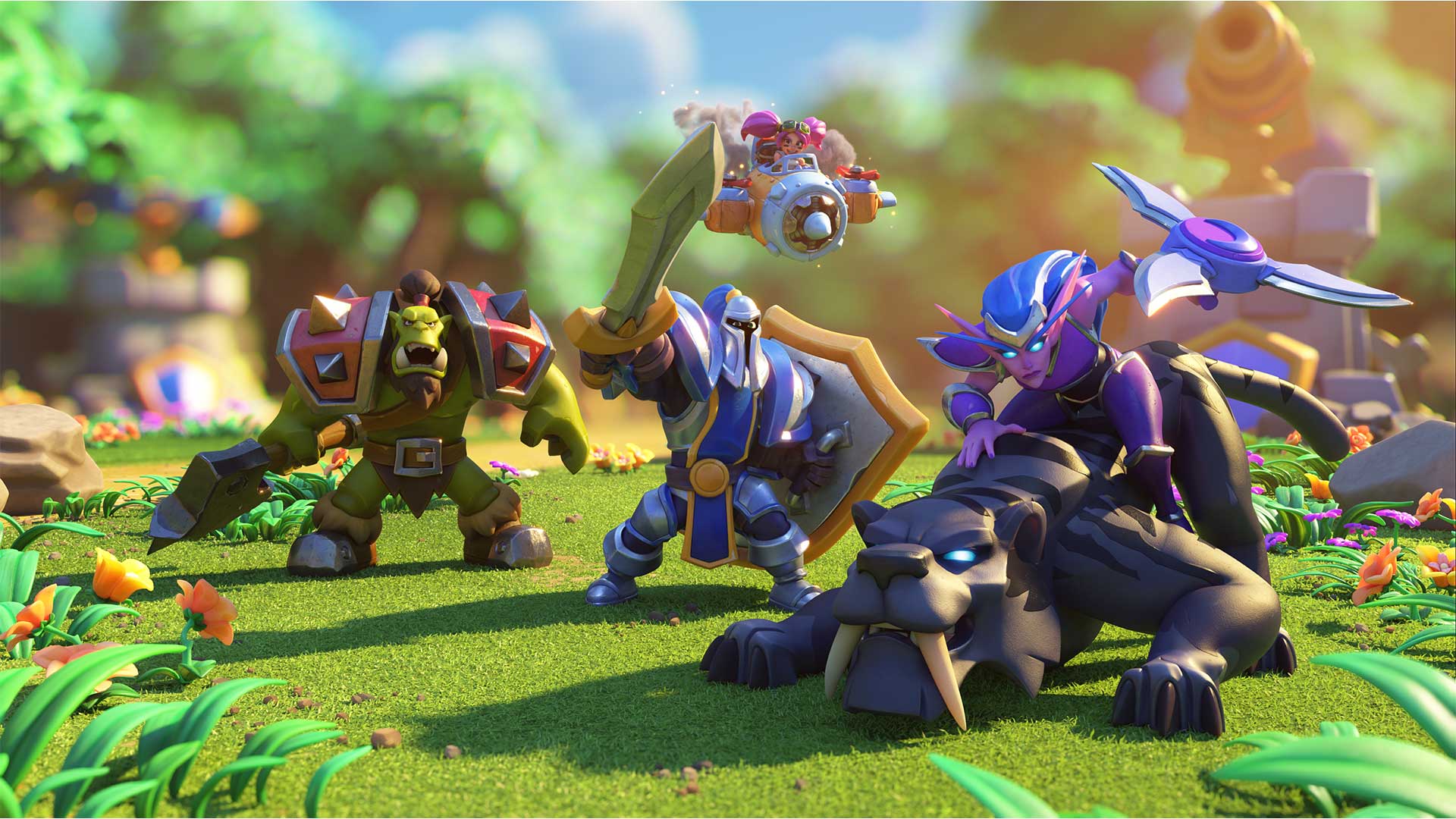
There are a lot of characters and areas that fans will be familiar with but stylistically it’s probably a little bit different than what fans are used to. We would love to hear a little bit about the process of recreating some of these environments and characters for this game specifically.
Justine Hamer: So, a lot of people on the art team are huge Warcraft fans, we’ve got people who play [World of Warcraft] Classic, I cut my teeth playing Warcraft III by installing it on the computers at my high school so there was a lot of bringing a love of the series into the creation of Arclight. We were taking this idea of a sort of “pinball approach” like each map is a coalescence of the things that we love about each zone from the World of Warcraft. In Westfall, we’ve got the gorgeous deep, rich oranges that you are so familiar with and these massive vultures that are going in to absolutely mess you up. It’s sort of like a perfect core sample of each zone and what makes it so exciting and so vibrant to explore. With the characters, we wanted to talk about the heroes and the villains that are familiar but we also wanted to get into some less known or less appreciated. So, we’ve got Princess the Pig from Elwin in one of the first levels that you go up against. She’s got a fantastic new model and she’s got so much character in her animations and we sort of wanted to carry that spirit through the rest of the game as well.
Is the team expecting there to be enough depth here for hardcore Warcraft fans to jump into? We assume the game is easier in the earliest stages and easy for anyone to pick up but then as you progress it becomes harder and more demanding.
TC: definitely, it becomes devilishly challenging as you continue. We’ve gotten fantastic feedback internally from within the company about the way the game ramps up and develops different mechanics for the players. The player learns more and more about the game as they continue and strategies build on each other. A lot of people find themselves coming up with different strategies based on the collection and the armies that they have. You know, different solutions to different problems. There isn’t really a one size fits all type of solution to any given map or boss or whatever. We’re certainly excited for players to check that out and I think they’ll find that the gameplay is extremely deep. The amount of strategising that you can do and the personalisation of your armies as far as choosing different talents for each one of the minis that you have and all of those sorts of things really add up to a very, very deep experience.
What have been some of the main challenges during development?
TC: First there was the translation of the art style and even then once we felt like ‘oh, it would be really cool for this to be a game machine‘ and it’s based around minis and things like that, there was still the actual translation of all of the things with all of the actual detail that they have in a fully rendered PC game world. To distil that into mobile in a way where it still retains all of the fundamental characteristics yet is still very readable, was one of the early challenges. Another early challenge was just trying to figure out how to scale up in a way where we could build the number of maps that we felt we would need to build. Very early on we felt like this game was going to be very aggressive in terms of how much content we were going to need but it had never really been done before so we didn’t really know how long it would take to make a map in this game and how many props would we have to make to build out a map and how are we going to represent these different points of interests – and all of these sorts of questions that were very challenging to figure out how to do and then how to scale up where we needed to scale to.
Did you work with either the Diablo Immortal or Hearthstone teams to get some insight on mobile development and what worked and what didn’t in beta testing and throughout?
TC: Yeah, there were definitely some things that we were able to learn from each – for an example, Hearthstone was also built on the Unity platform so even though the fundamental way that our servers work, based on the real-time nature of our game versus the turn-based nature of theirs, it’s very different but there was still a lot of things that we were able to learn about how to structure things. With Immortal, they are using a different engine because it was an engine developed by NetEase, so there are a lot of different experiences there but at the same time we’ve been able to learn some things from their processes so far like their announcement, the beta, the alpha tests – in the different learnings they’ve had and the data they’ve gathered we’ve been able to take some of that and adapt it in ways that are right for us.
We’ve already seen that Diablo: Immortal is coming to PC. Has that idea been toyed with at all for Arclight? We’ve talked a little bit about this already but how different is it to develop for mobile versus PC?
TC: Yeah, it really is very different with interfaces and touch versus keyboard and mouse et cetera so there are definitely a lot of considerations and you know, we built it for the phone first and foremost and then kind of go from there. We have loosely talked a little bit about if we would do a PC version of it but we don’t know yet. We’ll have to wait and see. A lot of that will be driven by what players really want, we do think that some players will create emulators and things like that and that’s probably fine but do they want us to create an official version of it? Maybe, we’ll wait and see. If there’s enough demand for it then we would consider it.
JH: All of the maps are built to a very specific intended screen size because obviously, we didn’t want to put more assets into the game than need be. So, it’s not really intended for a widescreen.
TC: That is a core difference between ourselves and [Diablo] Immortal as far as translation goes. Immortal being a landscape game, the way the game is designed carries itself over visually a little bit more than a game being portrait.
Does that mean this is a phone only game instead of say a tablet game?
TC: Tablet tends to port over very well both for control reasons and then also they are similar in a lot of other ways. The aspect ratio is a bit different for sure but it’s not quite as drastic a difference.
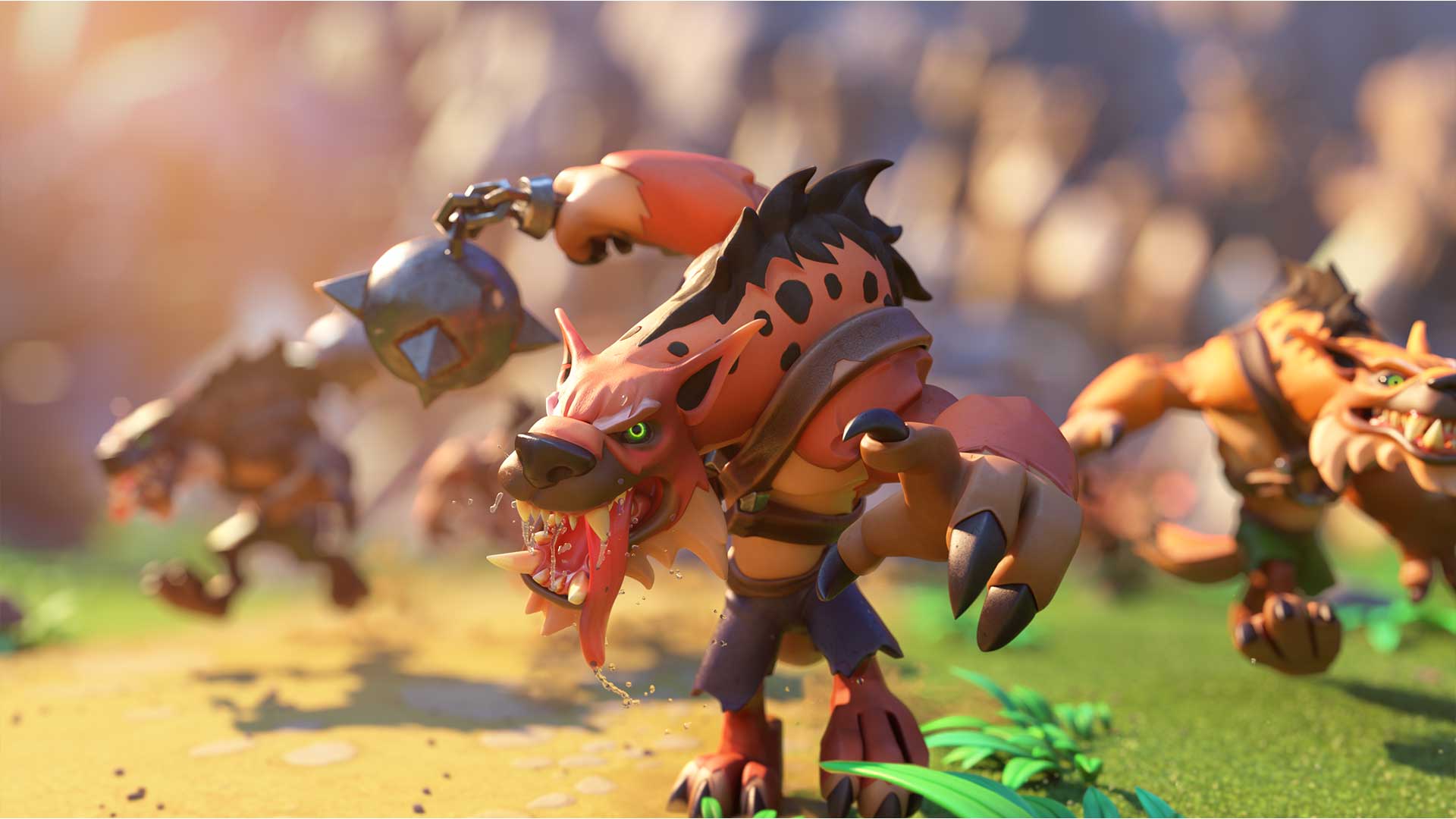
There are over 70 available maps in the game, we’d love to hear a bit about some of your personal favourites.
TC: So, we have a map that has an Alchemist boss where she throws potions at different parts of the screen and there are three different points of interest that can be captured and there are little alchemists sitting on top of each one of them and they give you different effects based on which point of interest they are on. You have to then figure out which buffs you want to capture and which ones you want to deny the enemy army. That one is extremely novel and interesting. Every single map is so different and unique, whether you go from the Devilsaur boss that is destroying the map as she stomps her way through it and eventually she gets to your base and obliterates it. So, you’ve got to kill her before she gets to your base. Then, you know, maps that have a lot more intercut, overpass kind of setups and are a lot more three-dimensional. That would be somewhere like Freewind Post, located in Thousand Needles which is just really scenic looking because you’re on these huge spires and you see down below and stuff so for just visual coolness, that one is really high on the list. I could just go on for the entire interview.
JH: Yeah, working on Cairne [Bloodhoof] was one of my favourite maps to work on just because I think that is the best for showing the capability of 3D to create this really cinematic parallax that’s happening between you seeing all the action that’s happening on top of the spires and these clouds are moving before and it’s very inspiring.
You mentioned that there is not a lot of story tied into other Warcraft games but we assume there is a lot of lore and fan service that most hardcore fans will recognise throughout all the different maps and minis?
TC: Yeah, absolutely, there is a ton of loving care that went into the translation of a lot of these characters and every boss had a little tidbit of text associated with it and their animations and personalities and things like that. So for sure, fans of the Warcraft universe will recognise a lot of things and probably chuckle to themselves about certain things.
JH: We definitely wanted to hearken back to like, I’m thinking of the stuff we’ve put in the Dead Mines, working on the Cookie map we’ve given him a sort of sushi conveyor belt behind him and he’s dishing out buffs to his allies and that was a lot of fun to work on.
In terms of content rollout, it was mentioned that there are going to be weekly challenges but with the core experience, is everything there on day one or are there new maps rolling out or new characters?
TC: There is an enormous amount that is there on day one but we do know that we’ll be supporting the game for years to come and so there will be more than continues to roll out and that can take the form of additional campaign maps, new dungeons, new raids, new game modes and all sorts of different stuff.
We assume there will be a beta before any official release?
TC: That’s right, we’re testing some final pre-beta builds at the moment and as those get to the point where we feel like they are fitting for a public beta release then we’ll be able to do that. We just don’t know the exact date for that yet but it will be coming very soon.
Warcraft: Arclight doesn’t have an official release date just yet but over at Press Start we are currently enjoying a technical test and hope to share our impressions with you soon!
